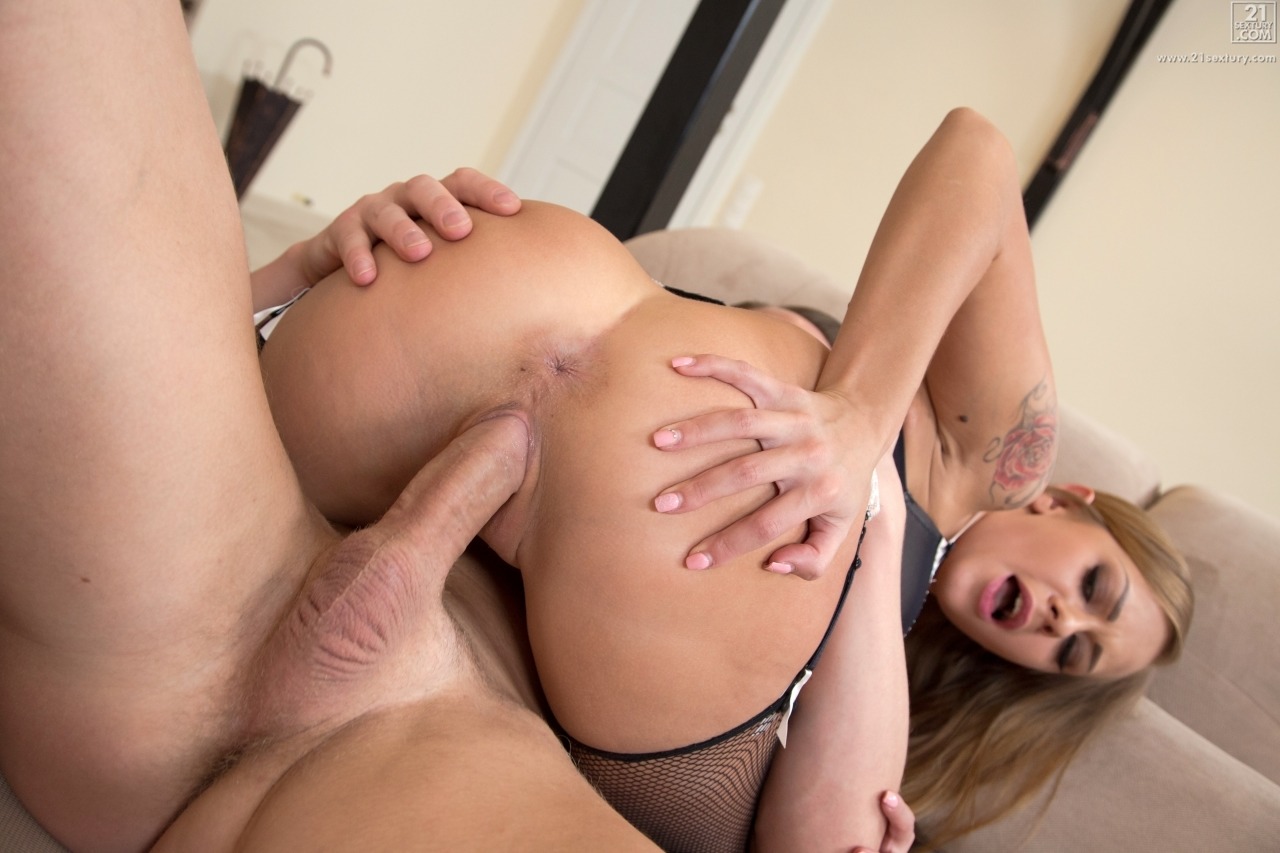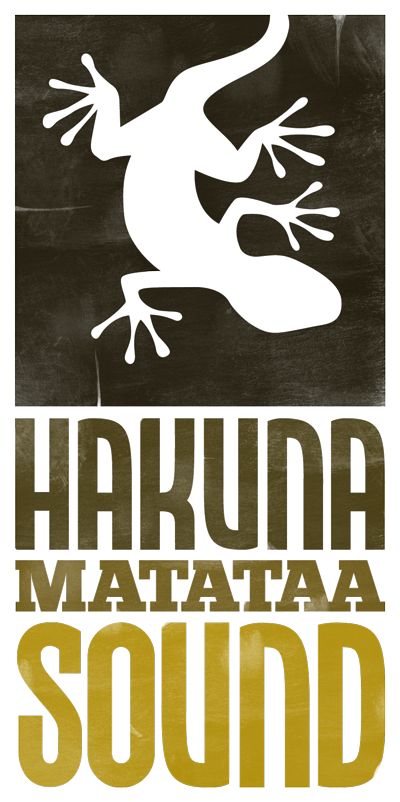
26 Okt A Literary Perspective: The Allure of Erotic Literature
Erotic literature has been a part of human culture for centuries, from the ancient Indian text „Kama Sutra“ to the racy novels of the 18th century. Today, erotic stories continue to captivate readers, providing a unique blend of titillation and literary merit. But what is it about this genre that continues to enthrall us?
First, let’s define what we mean by „erotic literature.“ At its core, erotic literature is writing that is intended to arouse the reader’s sexual desires. However, this doesn’t mean that the genre is limited to smutty, explicit content. In fact, some of the most successful and acclaimed examples of erotic literature are those that balance explicit descriptions with rich character development, engaging plots, and beautiful prose.
One of the primary draws of erotic literature is the way it allows readers to explore their own sexual desires and fantasies in a safe and private space. By reading about characters engaging in steamy encounters, readers can indulge in their own fantasies without the risks and uncertainties that come with real-life experiences. This is particularly appealing to those who may be hesitant to explore their sexuality in other ways, whether due to societal taboos, personal insecurities, or a lack of available partners.
Erotic literature can also serve as a form of sexual education, providing readers with information about different sexual practices, preferences, and identities. By reading about characters exploring their desires and boundaries, readers can gain a better understanding of their own sexuality and learn how to communicate their needs and desires to potential partners.
But beyond these practical benefits, erotic literature is also simply a joy to read. The genre is home to some of the most talented writers in the world, who use their skills to craft stories that are both sexually charged and beautifully written. From the lush, descriptive prose of Anais Nin to the raw, unfiltered honesty of E.L. James, these writers use language to create vivid, immersive worlds that readers can lose themselves in.
Of course, like any genre, erotic literature is not without its controversies. Some critics argue that the genre objectifies women and reinforces harmful stereotypes about sexuality. Others worry that the explicit content may be inappropriate for younger readers or those who are not yet ready to explore their sexuality.
However, these concerns should not overshadow the value and appeal of erotic literature. When done well, erotic literature can be a powerful tool for exploring sexuality, building empathy, and appreciating the beauty of the written word. By continuing to support and celebrate this genre, we can ensure that it remains a vital and vibrant part of our literary landscape for years to come.
In conclusion, erotic literature is a unique and captivating genre that offers readers a safe and private space to explore their own sexual desires and fantasies. By balancing explicit descriptions with rich character development, engaging plots, and beautiful prose, the best examples of erotic literature provide readers with a deeply satisfying and immersive experience. Whether you’re a seasoned fan of the genre or a newcomer looking sexo brasileiro to explore, there’s never been a better time to dive into the world of erotic literature.





Sorry, the comment form is closed at this time.